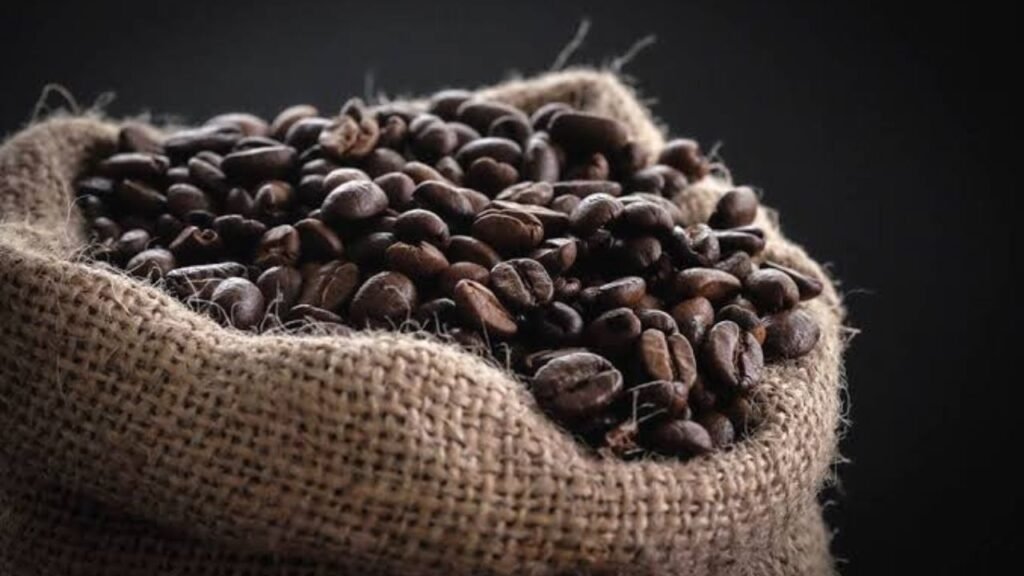Chilean Coffee: A Unique Taste To Explore
Chilean coffee is a secret found in the south of South America, far from Brazil and Colombia.
Chile’s climate, located between the Andes mountains and the Pacific Ocean, contributes to its distinctive coffee flavors.
This country’s emerging coffee culture is stirring excitement among enthusiasts and connoisseurs alike despite its relatively unknown status. Each cup tells a tale of passion and dedication from small family farms cultivating organic crops to innovative roasters experimenting with techniques.
This morning routine deserves to include this lesser-known treasure, so let’s examine what makes it so special.
Coffee Beans In Chile
The coffee scene is both unique and surprising here. It does not cultivate its coffee while many countries pride themselves on their locally sourced beans. Coffee lovers might find themselves sipping instant options like Nescafe at local cafes or home.

This quick-fix brew has become a staple, showcasing how tastes adapt to convenience. It is important to consider what this means for the country’s growing cafe culture. Visitors expecting rich aromas from freshly brewed local beans may instead discover a reliance on imported options or instant varieties.
Types Of Coffee
Coffee culture takes on a unique flair that reflects the country’s rich traditions in Chile. Cafe Express offers Nestlé Nescafé, an instant coffee that often surprises visitors with its bold flavor and deep-rooted popularity among locals.

Cafe con Leche stands out with its rich blend of espresso topped off with frothed milk, creating a cozy cup perfect for leisurely afternoons. There is also the Cortado, which is espresso with frothed milk, ideal for coffee lovers who prefer theirs more concentrated but still smooth. Cafe con Piernas, or coffee with legs, is another delightful tradition to discover.
About Chile Coffee
Chile’s geographical landscape presents a challenge for coffee cultivation, mainly due to its coastal location and the absence of high-altitude regions that nurture flavorful beans. In neighboring countries like Brazil or Colombia, where coffee thrives in rich soils and ideal climates, its approach has leaned toward instant coffee products, such as Nescafe.

This reliance on convenience means that many Chileans miss out on the diverse flavors found in specialty coffees that are prevalent elsewhere in South America. A growing number of local cafes are starting to change this narrative by importing high-quality beans from top-producing regions.
Their efforts face significant hurdles, steep taxes and import fees can cut deeply into profits, making it hard for these establishments to thrive with premium offerings. Some cafes manage to introduce exceptional brews to curious customers seeking something beyond instant coffee, they find themselves caught between passion for quality and financial sustainability.
History Of Coffee In Chile
The love for tea runs deep in Chile, reflecting a unique cultural twist in a world dominated by coffee. This fondness traces back to the English settlers who arrived in the 1800s, bringing with them not just their customs but a vibrant appreciation for tea. This beverage grew roots in Chilean society, becoming intertwined with daily life and social interactions.

Many Chileans cherish the ritual of enjoying tea at local cafés, a moment of tranquility amidst their bustling routines. They find comfort in the warmth of a perfectly steeped cup of tea rather than gravitating toward an espresso or cappuccino like many other countries might favor.
This preference is about connection and taking time to savor a moment with friends or family over fragrant blends that speak to their history and heritage. The variety of teas available has also evolved dramatically throughout the years.
Where Does Chilean Coffee Come From?
Coffee culture has room to grow, especially when you consider the low consumption rates. Building a thriving coffee scene becomes challenging with an average of only 750 grams consumed per person annually.

Most specialty cafes are concentrated in Santiago, where transportation logistics favor access to quality beans. This uneven spread of cafes means that many Chileans may not yet experience the rich flavors and varieties that premium coffee offers.
The cost and availability of importing high-quality chilean coffee beans also play a role. Vendors place smaller orders due to lower local demand, which tends to keep them from receiving the best offerings from countries like Colombia or Brazil.
Plans To Grow Chile Coffee
Easter Island, or Rapa Nui, has a unique history that many may not know about. In the 1800s, this remote island was home to coffee farms that thrived in its fertile soil. Remnants of coffee plants continue to grow wild across the landscape while these farms have long since disappeared.

This fascinating connection to coffee’s past has sparked interest among local enthusiasts and businesses, like Bee Coffee Shop and AgroWine Lab. These groups aim to harness the potential of Rapa Nui’s wild coffee beans by collaborating with genetic researchers.
They envision reviving a coffee culture on the island by identifying the best varieties for cultivation. If their plan would succeed they could not only lead to high-quality specialty coffees but also create sustainable agricultural practices on Easter Island.
Tips For Brewing Chilean Coffee
Here are the simple and easy tips where you can brew this coffee:
- Keep things simple when brewing this coffee at home, but experiment with the ratios you prefer.
- The most common method is to boil water in a pot on the stove as you would for tea.
- Add 1 to 2 teaspoons of instant Nescafe for a lighter brew, and add 3 tablespoons or more for that caffeine kick you need.
- The Coffee will be ready to serve and enjoy.
Conclusion
Chilean coffee is overlooked in the global coffee landscape, primarily because of the country’s relatively small production volumes compared to giants like Brazil and Colombia. The quality and uniqueness of Chile make up for what it lacks in quantity. The blend of diverse microclimates and rich volcanic soil creates a fertile ground for experimentation with various coffee beans.
FAQs
What Are Best Milk Frothers?
The best milk frother can make all the difference when it comes to elevating your coffee game. Handheld battery-operated frothers shine for their simplicity and portability. Ideal for those who enjoy brewing on-the-go or within a minimalist kitchen, these lightweight devices quickly whip up a luscious foam with just a press of a button.
What Is Cafe Chileno?
It is an experience steeped in the rich culture and traditions of Chile. This unique coffee blend often features arabica beans cultivated in the country’s lush, mountainous regions, resulting in a flavor profile that reflects the diverse landscapes.
Is There Any Instant Coffee In Chile?
Its coffee culture is predominantly centered around traditional brewing methods, with a strong preference for freshly brewed coffee rather than instant varieties. The landscape is shifting. Recent years have seen an increasing interest in convenience-oriented products, including instant coffee, especially within urban areas where time constraints are prevalent.







